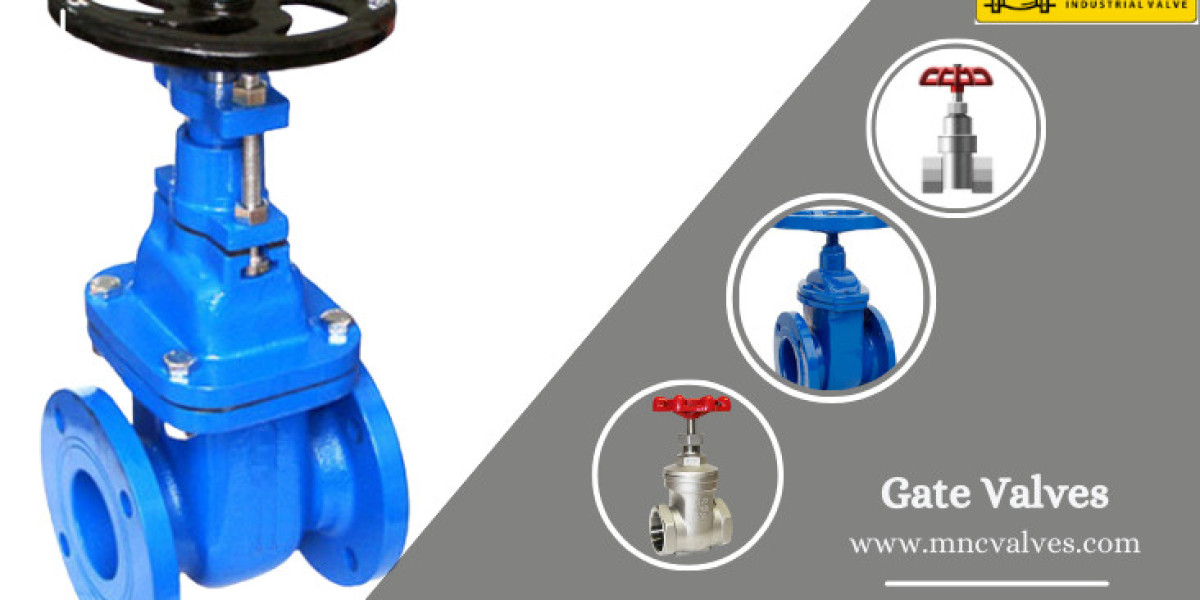Motor windings are fundamental components within electric motors, playing a crucial role in their operation. These windings form the electromagnetic circuits responsible for generating the magnetic fields essential for motor function. Understanding the basics of motor windings, their types, and their significance is key to comprehending the inner workings of electric motors.
The Purpose of Motor Windings:
At the heart of every electric motor lies the winding, typically made of copper or aluminum wire. These windings create electromagnetic fields when an electric current passes through them. The interaction between these fields and the motor's permanent magnets or other windings produces the force necessary to drive the motor's rotation.
Types of Motor Windings:
Stator Windings: Found in the stationary part (stator) of the motor, these windings produce a magnetic field that interacts with the rotor to generate motion. Stator windings can be arranged in various configurations, including single-phase or multi-phase (such as three-phase) designs, each suitable for different motor types and applications.
Rotor Windings: In certain motor types, like induction motors, the rotor contains windings. These windings interact with the stator's magnetic field, inducing currents and generating torque, facilitating rotor movement.
Understanding Winding Configurations:
Motor windings come in different configurations, each designed for specific motor applications:
Single-Phase Windings: Commonly used in household appliances and smaller machinery, single-phase motors have simpler winding configurations suited for applications where power requirements are lower.
Three-Phase Windings: Three-phase motors are prevalent in industrial applications due to their efficiency and power output. The arrangement of three-phase windings provides smoother operation and higher torque, making them suitable for heavy-duty tasks.
Importance of Winding Design:
The design of motor windings is crucial for optimal motor performance. Factors like wire gauge, number of turns, and winding arrangement impact motor efficiency, torque output, and overall reliability. Precision in winding design ensures that motors operate efficiently while minimizing energy losses and heat generation.
Challenges and Considerations:
Manufacturing motor windings involves precise coil winding and insulation to prevent short circuits or breakdowns. Challenges arise in ensuring uniformity and quality across windings, especially in large-scale production.
Conclusion:
Motor windings serve as the backbone of electric motors, converting electrical energy into mechanical motion. Their design, configuration, and precision are paramount for motor efficiency, reliability, and performance across various industrial and domestic applications. Understanding the intricacies of motor windings empowers engineers and enthusiasts alike to appreciate the engineering marvels behind these essential components powering our modern world.








